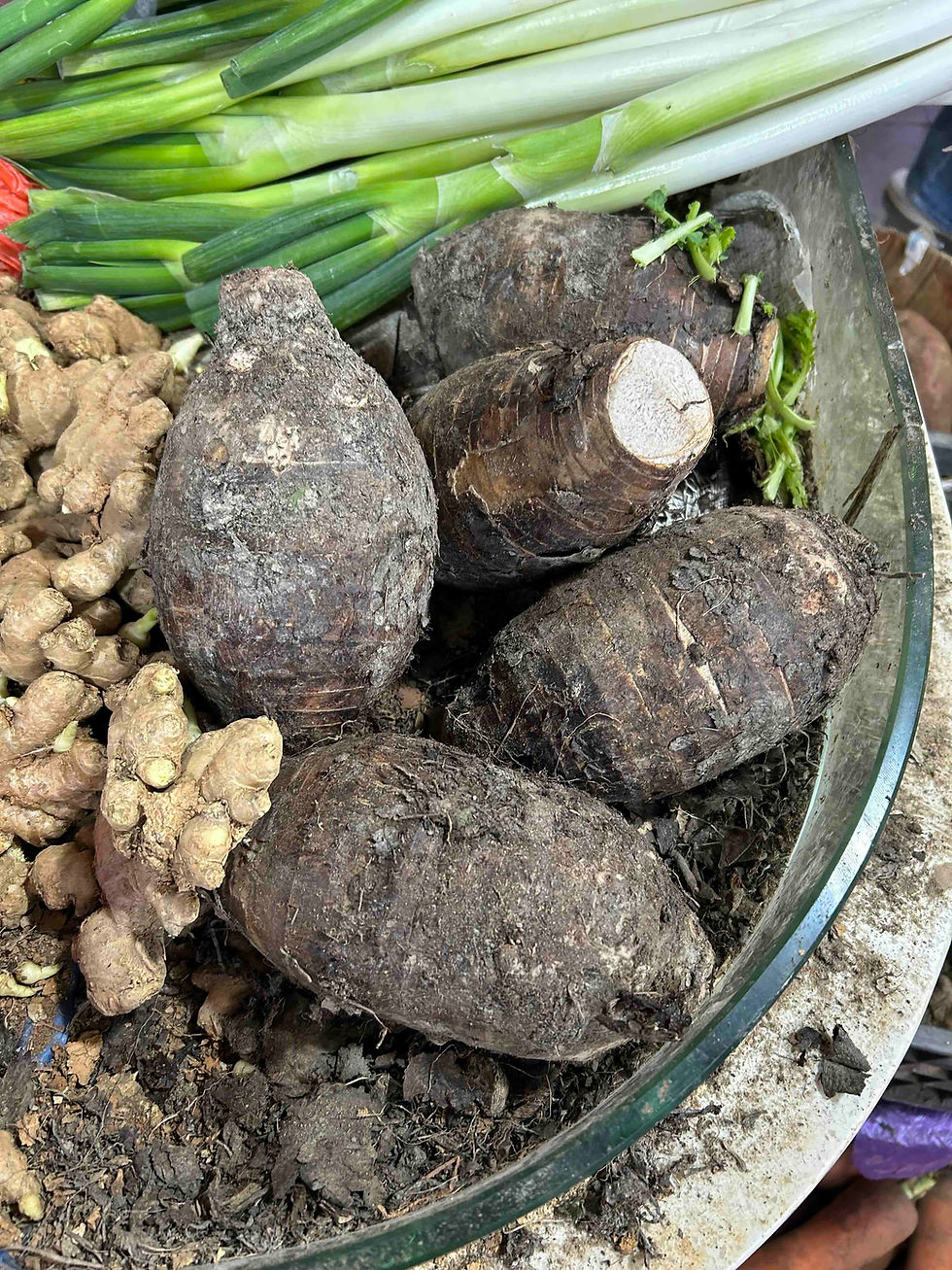晁補之《次韻鄧正字慎思秋日同文館(其八)》"After the rhyme of Deng Zheng on an autumn day ..." by Chao Buzhi
- Rachelle

- Sep 12, 2022
- 3 min read
晁補之《次韻鄧正字慎思秋日同文館(其八)》
“After the rhyme of Deng Zheng, courtesy name Shensi, on an autumn day in the Tongwen Academy (No. 8)” by Chao Buzhi (1053-1110)
氣入中秋勁, [Nature’s] breath comes into mid-autumn in blasts,
更傳午夜長。 Double hours[1] towards midnight get longer.
青燈蛾舞急, In shimmering lamplight, a moth performs a frantic dance;
白日雁啼凉。 In broad daylight, a wild goose lets out bleak cries.
羈旅生應慣, Detained in alien lands, [I] must accustom myself to this life;
淹留乆却忘。 Yet tarrying long, [I’ve] come to forget [about this necessity].[2]
吟詩酬鄧子, [I] compose this poem for Master Deng
[1] A geng 更 (night-watch) is a two-hour period used for counting nighttime hours from 7pm to 5am. [2] Chao Buzhi was a native of Juye 鉅野 (in modern Shandong). He moved to Hangzhou at the age of seventeen following his father’s appointment as a director there and spent the majority of his career in the region near Hangzhou. The words jilü 羈旅 (detained in [constant] journeys; detained in an alien land) and yanliu 淹留 (lingering or tarrying long [in an alien land]) appear to carry negative connotations, here referring to the regrettable fact that the poet was away from his hometown for many years. However, it was during these years that he had the opportunity to make his name in the literature scene and established life-long friendships with the most eminent writers of his day, including Su Shi 蘇軾 (1037-1101), who served as the tongpan 通判 (Controller-general) of Hangzhou when Chao Buzhi moved there. [3] Red characters rhyme. [4] Bi 畢 and mao 昴 are two xiu 宿 (Mansions) in Chinese constellations, both located in the constellation of Taurus in Western astronomy. As autumn begins, they rise from the eastern horizon at night, and are therefore often used as a sign of the season. The maoxiu 昴宿corresponds to the Pleiades (also known as the Seven Sisters and Messier 45), an open star cluster much loved by stargazers nowadays. In ancient China, however, this star cluster had strong military associations and was alternatively known as maotou 旄頭 (“banner head”, the vanguard) or maotou 髦頭 (“maned head”). The latter image, as a symbol for foreign peoples typically invading from the north or the west, has a particularly strong presence in astrology as well as literature.

The Net Mansion is represented as a man catching a rabbit in the star atlas in the mural of a Western Han tomb excavated at Xi'an Jiaotong University; screenshot from the VR reproduction of the tomb chamber at http://wszg.xjtu.edu.cn/tour/tour.html.

Image of the detail above published in Shaanxi Academy of Archaeology and Xi'an Jiaotong University ed., Xi'an Jiaotong Daxue Xihan bihuamu 西安交通大學西漢壁畫墓 (Xi'an: Xi'an Jiaotong Daxue chubanshe, 1991), Plate 17.4.
The Maned Head or Pleiades that we can see in visual observation (something like the photos above) is not as resplendent as in astrophotographic images (see, for example, this one by the Digitized Sky Survey), but it is very bright and easy to observe with a pair of binoculars or even with unaided eyes when seeing conditions are good.
(Both images were directly taken with NightCap on an iPhone 7 in a night sky lit by a nearly-full moon. Left: through 7X50 binoculars; right: through a 200x1200 Newtonian telescope with a 25mm eyepiece)
Copyright Declaration*:
The texts and images used on the website of Rachelle's Lab are either from the public domain (e.g. Wikipedia), databases with open data licenses (e.g. Shuhua diancang ziliao jiansuo xitong 書畫典藏資料檢索系統, National Palace Museum, Taipei), online libraries that permit reasonable use (e.g. ctext.org), or original work created for this website.
Although fair use of the website for private non-profit purposes is permitted, please note that the website of Rachelle's Lab and its content (including but not limited to translations, blog posts, images, videos, etc.) are protected under international copyright law. If you want to republish, distribute, or make derivative work based on the website content, please contact me, the copyright owner, to get written permission first and make sure to link to the corresponding page when you use it.
版權聲明:
本站所使用的圖片,皆出自公有領域(如維基)、開放數據庫(如臺北故宮博物院書畫典藏資料檢索系統)、允許合理引用的在線圖書館(如中國哲學電子化計劃)及本人創作。本站允許對網站內容進行個人的、非營利性質的合理使用。但請注意,本站及其內容(包括但不限於翻譯、博文、圖像、視頻等)受國際版權法保護。如需基於博客內容進行出版、傳播、製作衍生作品等,請務必先徵求作者(本人)書面許可,并在使用時附上本站鏈接,註明出處。
*Read more about copyright and permission here.








Comments